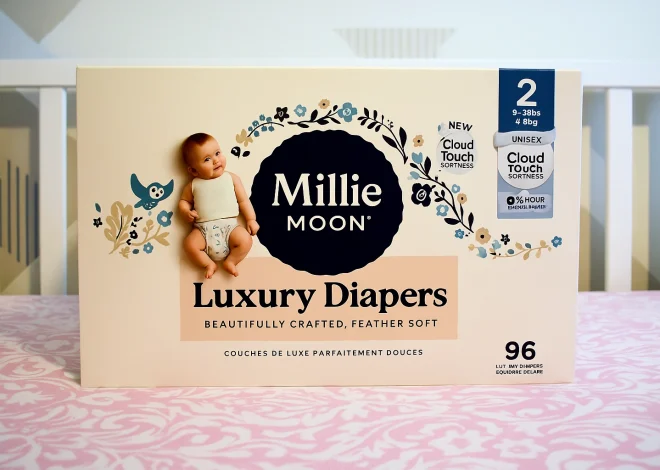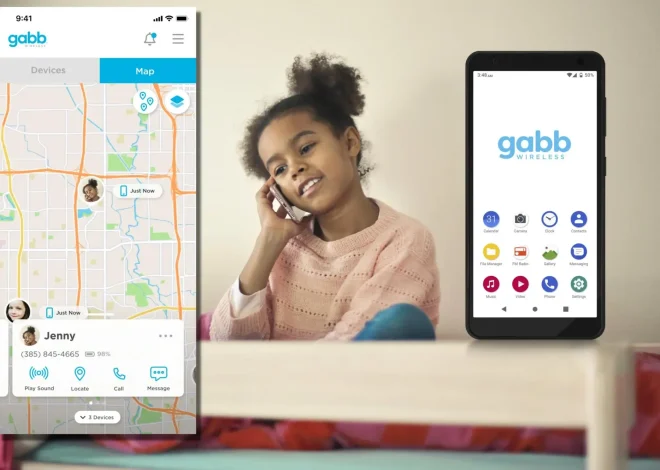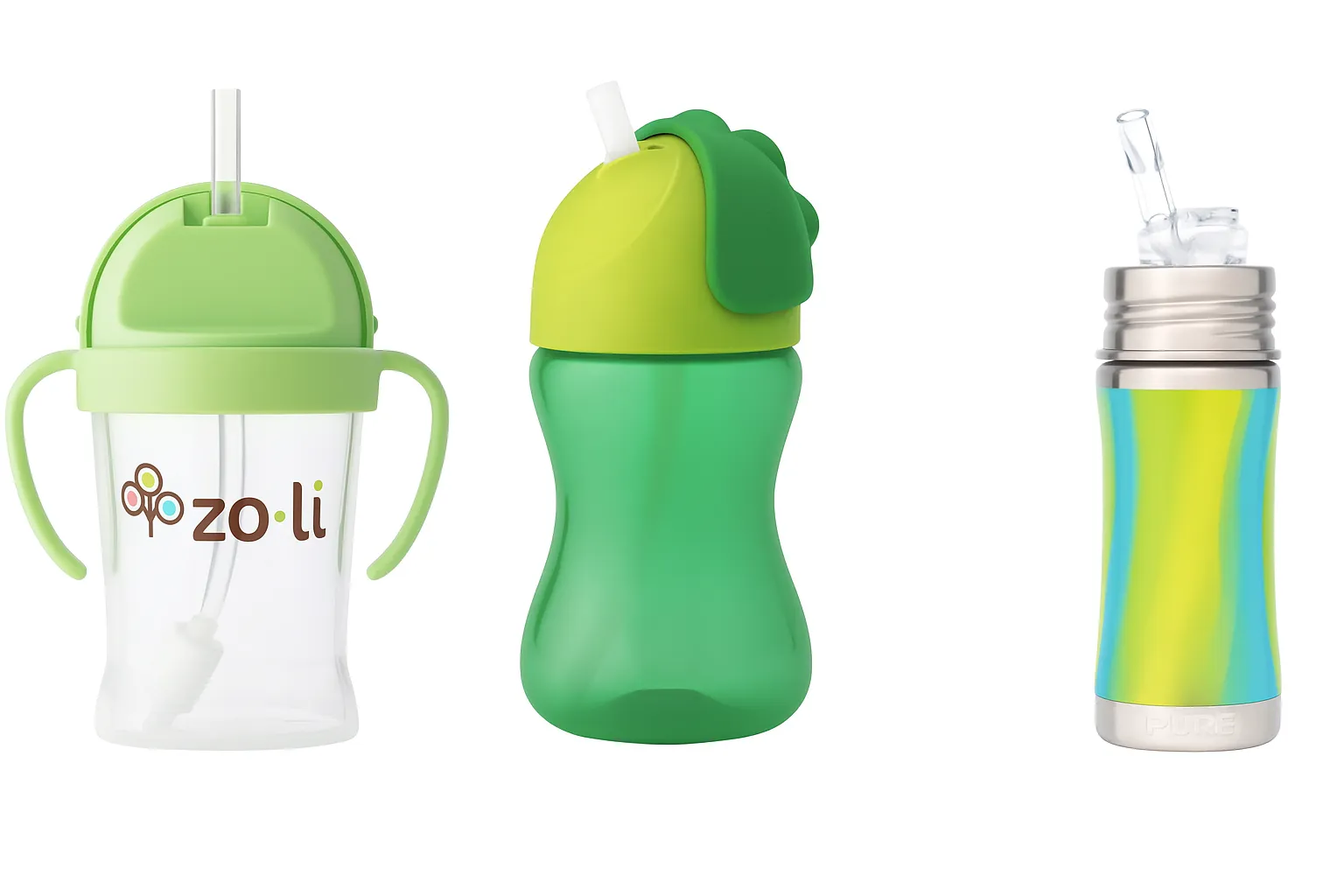
Best Straw Cup for 1 year old | Easy-to-Clean Cups and Straws
When I was searching for the best type of cup for my toddler, I found several options. best straw cup for 1 year old, I quickly realized that not all toddler cups are created equal. What worked for my first child didn’t work for the second, so I dove deep into finding options that were better for learning how to drink leak-proof, spill-proof.
The design is not only practical, and actually encourages children to drink from an open cup easy-to-clean. The ideal sippy cup should balance cup durability with safety, like being made of BPA-free plastic or silicone, and most importantly be dishwasher safe. Trust me, you’ll appreciate that last part after a few long days.
Some of the best sippy cups for 1 year old and even the best sippy cup for 9 month old come with built-in straws, making them perfect as your child transitions to more independent drinking with older toddlers. I personally found that a weighted straw cup is very effective.
A sippy cup straw cup, which can also be referred to as a cup with a straw, is essential for teaching straw use. designs with soft silicone straws were gentler on gums and encouraged consistent use. Whether you’re eyeing the best cups for toddlers or the best sippy cup with straw, it helps to go for models that have been cup tested by other parents and come highly recommended as a reliable toddler accessory.
All in all, the cups for toddlers, especially the best cups for 1 year old, should make life simpler. That’s why finding best straw cup for 1 year old that are tough, safe, and genuinely easy-to-clean is a game changer. If you’re just starting out, try a few different styles of cups for 1 year old to see what your toddler Every child has preferences, and finding which cups and water bottles they like best is key.
Why Choose a Straw Cup for 1 year old?
When I first switched to straw sippy cups with weighted straw for my toddler, the change was instant less mess, smoother sips, and fewer spills. What stood out most was how these cups supported oral motor skills. The gentle resistance of a soft silicone weighted straw helps little ones strengthen their mouth muscles without them even realizing it. Plus, the suction safe design means they can drink at their own pace from a plastic cup, which builds confidence and coordination.
Choosing the best milk straw cup wasn’t just about what looked good, it had to be truly leak-proof and easy for small hands to manage, making it a perfect choice for little ones transitioning to a cup around. A toddler-safe spout or a soft spout, which is a great feature for a water bottle. is a game-changer, offering comfort for teething gums while still promoting the use of a munchkin 360 cup healthy drinking habits.
I’ve tried several brands, and the right drinking straw cup made a noticeable difference in daily routines when using a cup with a straw. A weighted sippy straw cup stays upright even when tilted, making it easier for toddlers to drink from a spill-proof straw cup without frustration, especially in strollers or car seats.
What are the benefits of using a straw cup?
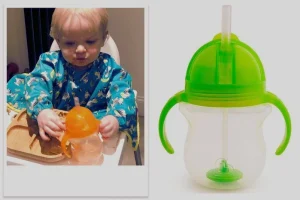
As a parent who’s tested more than a few cups during toddlerhood, I’ve learned that finding the best straw cup for a baby isn’t just about convenience, it’s about helping your child develop healthy habits. One key reason why choose a straw cup is that it supports proper sipping technique early on. Unlike bottles, toddler straw cups encourage your little one to use suction, which is better for oral development and overall mouth safety.
From infant straw cup options to sippy straw cup models, these designs are made with This product is designed to be child-friendly for babies and toddlers, featuring a secure lid and straw. materials and come in shapes that are easy for toddlers and babies to hold.
I especially recommend going with a pediatrician recommended style that ensures the straw is gentle and promotes the transition from bottle to cup. My personal favorite is a soft silicone straw bottle that doubles as the best sippy cup for milkThe cup is durable, safe, and surprisingly fun for kids to use, especially when they learn to drink from a straw.
How do straw cups promote healthy drinking habits?
When I switched to using a drinking straw cup for my little one, I noticed a big difference in how easily and safely they drank. Unlike traditional sippy cups, these cups support drinking from a straw. mouth safety by encouraging a more natural tongue and lip movement.
This matters a lot, especially during the early stages of transitioning to an open cup and a straw. toddler experience, when habits start to form. Many paediatricians recommended making the switch early on, and I now understand why it trains children to drink the way they eventually will from a regular cup.
What also impressed me was how the straw sippy cup design helps build healthy suction strength, improving oral motor skills over time. I tried a few brands before finding this is the best straw cup for milk and is perfect for babies and toddlers, making it easy for them to use the straw, which had a soft spout and was truly toddler-safe.
It didn’t leak, was easy to clean, and felt just right in my child’s hands. As someone who’s tested several cup types, I can say a good toddler straw cup not only makes hydration easier, it builds lasting, healthy drinking habits.
Are straw cups better than regular cups or sippy cups?

After trying just about every sippy cup on the shelf, I found that straw cups for toddlers truly make a difference especially when your little one is just starting to drink independently. The way a sippy straw cup encourages them to use their mouth muscles is not only more natural than tipping back an open cup, but it also supports better mouth safety and early speech development.
One of my go-to options turned out to be the best sippy cup with straw I’ve come across a variety of options, mainly because it combined a learning how to drink feature with a straw that goes up the straw. toddler-friendly design with a soft straw that didn’t overwhelm my child while using a cup with a straw.
Unlike regular sippy cups, which can sometimes cause lazy drinking habits or even dental issues over time, a good sippy cup straw cup trains proper lip closure
and swallowing technique. For me, the real game changer was discovering sippy cups with straws that are BPA-free, something every parent should check for. It gave me peace of mind knowing I wasn’t exposing my child to harmful materials while helping them graduate from bottles.
In the end, it’s not just about choosing any cup. It’s about finding one that’s truly child-friendly, easy for small hands to hold, and gentle on developing mouths, the design is also compatible with the standard cup. Based on hands-on experience, the right straw cup isn’t just better, it’s essential.
What Features Should You Look for in a Toddler Straw Cup?
As a parent who’s tested more than a few cups over the years, I’ve learned that the best designs are those where the straw is wide enough. The best straw sippy cup isn’t just about looks, it’s about how well it holds up to everyday chaos, especially when it’s a smoothie cup.
For me, a truly toddler-friendly design starts with a strong straw seal and a spill-proof or leak-proof guarantee. I once thought all cups were the same until one leaky disaster in my diaper bag taught me the hard way. That’s when I switched to a spill proof straw cup, and the difference was night and day when I switched to a cup with handles.
I also recommend looking for removable handles and a flexible straw. My little one found it easier to grip, and it helped build independence. The best cup for a 2 year old is often a straw cup around that age. or even the best cup for 1 year old should feel just right in their tiny hands.
Bonus points if it’s made from medical-grade or BPA-free materials, something I now check first before buying. A no spill cup with straw that’s also easy-to-clean makes life much simpler, especially after a long day.
When reading reviews or testing products, I always check how The lid’s secure design ensures that the cup is leak proof. The design is. A loose lid is a deal-breaker. Among all the cup features, durability and straw strength matter most to me. After all this trial and error, I’ve found some of the best rated sippy cups by trusting real-world use over promises.
Why is ease of cleaning important?
From the moment I introduced my baby to one of the best sippy cups for 6 months old, I realized how quickly cleaning can become a hassle. Babies sip slowly, often leaving milk or juice sitting in the cup’s straw, and that’s where the trouble begins.
A straw brush is essential for keeping the straw cleaner or a cleaning brush is a must-have for maintaining the hygiene of cups and water bottles doesn’t reach well, it becomes hard to maintain proper Sanitation is crucial, especially when using these cups for feeding. That’s why choosing an easy-to-clean cup matters more than most new parents expect.
One thing I always check now is whether the cup is labeled as a learning how to drink tool, especially if it’s a small cup. dishwasher safe, especially on the top rack is safe for washing the weighted straw cup and all its straw parts.. It saves time and ensures a thorough clean for the cup and a straw cup cleaning without the worry of ruining the cup.
A brush with a soft cup is like a gentle introduction to drinking for little ones. bristle, which is especially useful for cleaning a cup with a straw. also helps clean the narrow parts of the straw, which manual rinsing often misses. When picking the best sippy cups for a 6 month old, it’s not just about leak-proof lids.
How easily you can wash them after every use, especially when cleaning the straw, is just as important. The struggle with cleaning straw cups properly once is enough to make you appreciate a smarter design.
What materials are safest for toddlers?
As a parent who’s tested more cups than I can count, I’ve learned that the ezpz tiny cup is a great option for little ones using this cup. The best infant straw cup isn’t just about looks or price materials really matter. When I first tried a metal straw baby cup, I appreciated the sturdiness, but what truly gave me peace of mind was that it was BPA-free, plastic-free, and made with medical-grade parts.
Some of the infant cups with straws Some cups also come with a straw cleaner. soft silicone tips, which are gentle on teething gums, something I wish I’d known earlier. For daily use, I now stick with stainless steel options combined with food-grade or silicone lids. These materials are easier to clean and don’t hold odors like others can.
The best sippy cup infant choices out there usually highlight these features, and after trying several, I see why. When you’re handing your little one a cup several times a day, knowing it’s made from safe, durable materials like soft silicone and medical-grade components really matters.
Should you consider spill-proof designs?
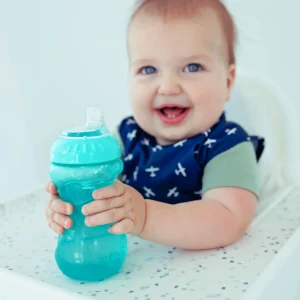
As a parent who’s cleaned one too many juice puddles, I can say this a no spill straw cup is not just helpful, it’s a lifesaver. What I’ve learned is that the best cups combine multiple smart design elements.
You want something truly spill-proof and leak-proof, especially when your toddler gets curious and flips it upside down or gives it a good shake. A shake resistant build makes all the difference in the car or stroller.
What I’ve come to trust most is a valve seal that really holds up under pressure, along with a A secure lid that is essential to keep the drink safe, especially when paired with a free-flowing straw that doesn’t pop off when dropped. A cap secure feature also helps keep the straw clean when you’re on the go.
And let’s not forget the importance of a secure lid that prevents spills while using the straw toddler-safe spout soft, gentle, and designed for little mouths. All these features come together in a great design that includes a free-flowing straw. no spill sippy cup with straw, making the transition from bottle a whole lot cleaner and quieter.
Top Recommendations for Easy-to-Clean Straw Cups
As a mom who’s tested more cups than I can count, I’ve learned one thing: the best straw cup isn’t just about cuteness, it’s about how easily you can clean it after every juice spill and milk mission. My favorite pick has to be the oxo straw cup. Its simple design means no hidden spots for mold, and it comes apart in seconds, which every product expert knows is key.
If you’re just starting out, the best starter sippy cup is the nuby clik-it or flip-it models. They’re designed for little hands, and you’ll love that satisfying “click” that tells you it’s sealed tight. For busy days out, take & toss cups and straw sets are my lifesavers. Not only are they affordable, but they’re also surprisingly sturdy and ideal as the best straw cups for 1 year olds This cup is made for toddlers who are just beginning to drink on their own or even beyond.
Among all the ones I’ve tested, including the stylish stainless steel smoothie cup, some cups are recommended for their ease of use. pura and the spill-proof dr. brown’s, I’d say the munchkin 360 cup is the best choice for toddlers. best toddler cups should always balance ease of cleaning with daily use. I even saw these models featured as the best options for straw drinking. editor choice in a reviewed roundup, which only confirmed what I already knew from experience: cleaning shouldn’t be a chore, and these options prove that.
What are the best straw cups currently on the market?
After trying dozens of options over the years with my own kids, I’ve learned that the cup choice really depends on your child’s stage. For little ones just starting out, the cup is great for transitioning from breast or bottle. The best sippy cups for 6 month-old babies usually come with a soft, age-appropriate spout or straw. Look for ones that are also doctor recommended, since those tend to be safest for early oral development.
As they grow, transitioning to the best cups for 2 year olds becomes easier with features like an insulated straw, a lifesaver during summer outings, especially when paired with spill-proof straw cups. What worked for us was finding cups that were both easy to clean and made for using this cup. reviewer-approved and toddler-approved.
It helps to go with a brand recommended by other parents too, as they’ve already done the testing for you. In our case, the best straw cups for infants were the ones that lasted through tumbles, tantrums, and dishwasher runs without leaking a drop, especially the silicone cup.
How do these cups compare in terms of cleaning?
As a parent who’s tested nearly every cup on the market, I’ve found that even the best sippy cup for a 6 month old can quickly become a hassle if it’s not easy-to-clean. Some cups may look cute, but if you’re stuck scrubbing tiny valves without the right straw brush, you’ll regret the choice fast. That’s why I always check for removable parts and whether the cup includes a cleaning brush with firm bristle tips to reach hidden spots.
A real game changer for me has been finding models with dishwasher safe parts. Not only are they truly spill-proof straw cups, but they also help reduce mess during mealtime. dishwasher-friendly, but they cut my clean-up time in half. When you’ve got a fussy baby and piles of laundry, a cup that practically cleans itself is gold.
I now judge every straw cup by how fast I can take it apart, rinse it, and pop it into the dishwasher because no one wants to be stuck washing baby gear by hand every day.
Are there any budget-friendly options available?
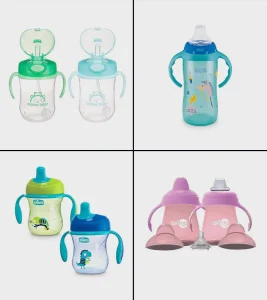
As a parent who’s tested more than a few sippy cups over the years, I know how important it is to transition to an open cup without spills. price and value are when shopping for little ones.
Thankfully, there are plenty of budget options that still meet the mark when it comes to safety, ease of use, and durability.
Whether you’re looking for the best sippy cup for 1 year old beginners or more advanced cups for 3 year olds, you don’t have to spend a fortune to find a reliable choice.
Some of the most recommended sippy cups are surprisingly affordable and still compete with premium brands. I’ve had a few favorite pick items that lasted through toddler tantrums and dishwasher cycles alike.
If you’re on a tight budget, it’s smart to look for multi-packs or brands that offer good affordability without cutting corners.
Many of these also double as the best cups for babies are those where the straw is wide enough to allow easy sipping. transitioning from bottle to straw, offering long-term use.
Whether shopping online or in stores, you can buy solid cups for toddlers that keep spills at bay and parents happy. You just need to know where to look and that’s where experience really counts.
How to Properly Clean and Maintain Your Toddler’s Straw Cup?
After trying countless cups with my little one, I’ve learned that even the best sippy cups for 1 year old become easier with features like an easy-to-hold portion of the straw. The best straw cup is only as good as how well you take care of it. When figuring out how to clean toddler cup options, I quickly realized the importance of daily cleaning and drying.
Using a cleaning brush or a fine plastic straw can make a significant difference in toddler drinking experiences. A straw brush makes it easier to reach into narrow spaces, especially in the straw where bacteria and mold love to hide if ignored.
I found that the best cleaning methods involve warm soapy water, a gentle bristle tool, and occasionally boiling the parts for better drink from a cup hygiene. sanitation. Consistent straw cup maintenance is key not just for keeping the cup fresh, but for protecting your child’s health. Cleaning every part, even the hidden ones, can prevent future hassles and ensure your toddler’s cup stays safe and usable every day.
What are the best cleaning methods for straw cups?
As a parent and long-time user of toddler gear, I’ve tried all sorts of easy to clean straw cups, and one thing is clear: sanitation is just as important as the cup itself. Over time, I found the best cleaning methods involve a mix of hand-cleaning and using a dishwasher safe.
This option is perfect for those looking for an open cup without the mess. If your cup is labeled top rack dishwasher safe, take advantage of that convenience. It’s a great way to maintain daily cleaning without overthinking it.But for those hard-to-reach spots inside the straw, nothing beats a good straw brush.
A firm yet gentle bristle brush designed for straws gets inside and scrubs away the buildup that can go unnoticed. I always make sure the brush is food-grade to avoid any unwanted chemicals. This two-part routine machine wash when possible and manual scrubbing when needed has kept our cups fresh and clean, without ever compromising on hygiene.
How often should you clean your toddler’s straw cup?
As a parent, I’ve learned that straw cup hygiene Choosing a cup around is not something you can take lightly—especially with a water bottle for children. daily use. Toddlers love to sip throughout the day, which means germs have plenty of chances to build up. I make it a habit to clean toddler cup parts thoroughly every single day. This isn’t just about looking clean—it’s about real sanitation and keeping your child healthy.
From my experience, the best approach is to stick to a simple water bottle design. cleaning schedule. I rinse the cup after every use, and at night, I disassemble everything and wash it with warm, soapy water. It’s worth the few extra minutes, especially knowing that your choice of the best straw cup should always be paired with strong hygiene habits.
And let’s not forget: regular cleaning helps keep the cup truly toddler-safeUsing a straw cleaner regularly is important, preventing mold and bacteria from becoming unwanted guests.
Are there any tips for avoiding mold and bacteria buildup?
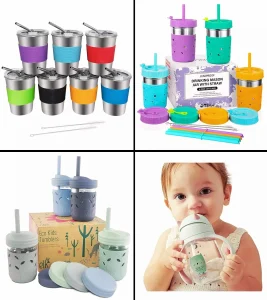
When I was searching for the best straw cup for my toddler, I quickly learned that keeping it clean is just as important as picking the right one. Over time, even the top-rated cups can collect mold and bacteria if not cared for properly.
What helped me most was following a few simple cleaning tips that made a big difference. First, always rinse the cup and straw right after each use. This stops milk or juice from sitting too long, which is key for mold prevention.
I also invested in a good cleaning brush with a long, flexible bristle. This open cup without a lid was a game-changer. It reaches inside the straw where gunk likes to hide.
Weekly deep cleaning with warm, soapy water and a vinegar rinse became part of my routine. Not only does this boost sanitation, but it also helps maintain overall hygiene, especially in cups that are used daily.
These steps might seem small, but they’ve saved me from tossing out cups too soon due to hidden buildup. Once I started treating cup care like part of my daily chores, I noticed fewer issues and felt better knowing my child was drinking from a clean, safe cup.
Conclusion
After trying several cups in real-life settings at parks, in strollers, during meal times I can say the cup choice really matters. As a parent, what you pick isn’t just about looks; it’s about finding the best straw cup for 1 year old that actually works for your day-to-day life.
It should be child-safe, easy to clean, and hold up to being dropped, tossed, and chewed on, which brings durability Features like a straw that goes up the straw into play in a big way for successful drinking.
The best toddler straw cup isn’t just the one that looks cute on a shelf. In my case, I leaned on other parents’ insights and leaned into options that were clearly parent-recommended. After some trial and error, I found a tested product my toddler loved. Best of all, it didn’t leak in the diaper bag. For a final tip, choose something that’s clearly toddler-approved. They’re the true critics!
FAQs
Can my toddler use a straw cup while traveling?
Absolutely! A travel-friendly, leak-proof straw cup with a cap secure lid is ideal. Look for backpack-friendly designs that are suction safe for car rides or flights.
What should I do if my toddler refuses to use a straw cup?
Start with a silicone or soft spout cup like the ezpz Tiny Cup to help your toddler learn cup drinking basics. Choose easy-grip, toddler-friendly designs.
Can my toddler use a straw cup while traveling?
Absolutely! A travel-friendly, leak-proof straw cup with a cap secure lid is ideal. Look for backpack-friendly designs that are suction safe for car rides or flights.
What should I do if my toddler refuses to use a straw cup?
Start with a silicone or soft spout cup like the ezpz Tiny Cup to help your toddler learn cup drinking basics. Choose easy-grip, toddler-friendly designs.
